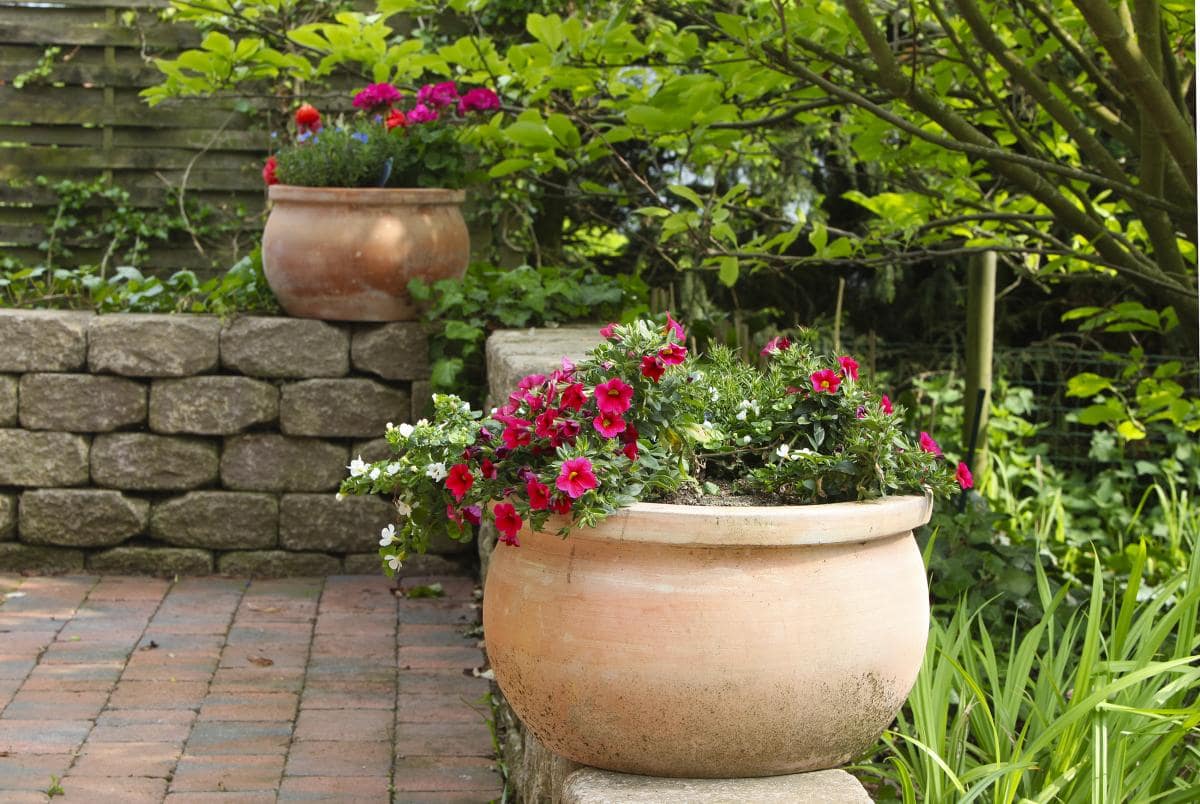Palo Alto Property Management
Let us manage your Palo Alto Rental Property

Having a successful Palo Alto rental property requires a lot of time, effort, experience and knowledge. Let us save you that time, effort and frustration that comes with gaining that experience.
As a full service Palo Alto property management company, our team is responsible for taking care of all aspects of managing your rental(s).
How much rent can you get for your investment?
Our market analysis helps landlords and us make data-informed decisions about their rental property, including rate estimates and other information so they can invest and manage their investment property more wisely.
- Get Optimized Rental Value for Your Property
- Gain Crucial Insight into Current Market Conditions
- Determine Your Cashflow from Monthly Rental Value
Get started with your FREE PROPERTY CONSULTATION by completing the form .
Schedule Your Free Consultation
Owner or Renter?
What We Do
as your Palo Alto Property Manager


Discover Palo Alto
Palo Alto's earliest recorded history dates from 1769, when Gaspar de Portolà noted an Ohlone settlement. This remains an area of known Indian mounds. A plaque at Middlefield Road and Embarcadero Road commemorates the area.
The city got its name from the tall landmark Redwood tree, El Palo Alto, which still grows on the east bank of San Francisquito Creek across from Menlo Park. One trunk of the twin-trunked tree can still be found by the railroad trestle near Alma Street in El Palo Alto Park (the other trunk was destroyed during a storm in the late 20th century). There a plaque recounts the story of the Portolà expedition, a 63-man, 200-horse expedition from San Diego to Monterey from November 7–11, 1769. The group overshot Monterey in the fog and when they reached modern-day Pacifica, they ascended Sweeney Ridge and discovered San Francisco Bay. Portolà descended from Sweeney Ridge southeast down San Andreas Creek to Laguna Creek (now Crystal Springs Reservoirs and the Filoli estate, and thence to the San Francisquito Creek watershed, ultimately camping at El Palo Alto from November 6–11, 1769. Thinking the bay was too wide to cross, the group retraced their journey back to Monterey, never discovering the Golden Gate entrance to the Bay.
About 1827, Rafael Soto, the tenth child and a son of De Anza Expedition settler Ygnacio Soto and María Bárbara Espinosa de Lugo of Alta, California, came to stay with Máximo Martínez at his Rancho Corte de Madera for seven years. Located south of the San Francisquito Creek, west of today's I-280, Rancho Corte de Madera covered most of Portola Valley to Skyline Boulevard extending south to about Foothill College. In 1835, Rafael Soto and family settled near the San Francisquito Creek near Newell and Middlefield, selling goods to travelers. Rafael Soto died in 1839, but his wife, Maria Antonia Mesa, was granted Rancho Rinconada del Arroyo de San Francisquito in 1841.
Their daughter María Luisa Soto married in 1839, John Coppinger, who was the grantee of Rancho Cañada de Raymundo. Rancho Cañada de Raymundo was West of San Francisquito Creek, and began at Alambique Creek, the north border of Rancho Corte de Madera, and extended north, including present day Woodside. Bear Gulch Creek (Bear Creek) flowed on his land in Portola Valley. The rancho also abutted Buelna's grant near Skyline Boulevard and Matadero Creek. Upon Coppinger's death, Maria inherited it and later married a visiting boat captain, John Greer. Greer owned a home on the property that is now Town & Country Village on Embarcadero and El Camino Real. Greer Avenue and Court are named for him. To the west of Rafael Soto, near El Camino and following the Creek, was Rancho San Francisquito granted in 1839, to Antonio Buelna and wife Maria Concepcion.
Source: Wikipedia

